MEDIA CENTER
Aug, 10th, 2024
The Integration of Smart Home Systems with Shading Products
As technology advances, smart home systems are increasingly becoming a part of modern life, bringing convenience and comfort to households. Through the Internet of Things (IoT), smart homes connect various home devices, enhancing the quality of living. Shading products, such as blinds, roller shades, and curtains, are also undergoing a revolutionary transformation with the advent of smart technology. This article explores how smart home systems can be integrated with shading products and the profound impact this combination will have on the future of home living.
Advantages of Integrating Smart Home Systems with Shading Products
Automation and Convenience
Smart shading products can be programmed to open and close automatically. For instance, they can rise in the morning to allow natural light to enter the room, helping users wake up naturally, and close in the afternoon to block direct sunlight and keep the indoor environment cool. This automation not only enhances user convenience but also contributes to energy savings.
Remote Control
Through smart home systems, users can remotely control shading products via smartphones, tablets, or voice assistants. This means that even when away from home, users can adjust their window coverings according to changes in weather or daily routines, ensuring an optimal indoor environment.
Integration with Environmental Sensors
Smart shading products can work in tandem with environmental sensors, such as temperature, light, and wind sensors, adjusting their position in real-time. For example, when the outside temperature is too high, the shading products will close automatically to reduce the need for air conditioning; when wind speeds are too high, external shading devices will retract to prevent damage. This dynamic adjustment helps improve energy efficiency and extend the lifespan of the devices.
Enhanced Living Comfort
Smart shading products can be personalized according to the user’s lifestyle. For example, curtains can close automatically in the evening to ensure privacy or adjust the angle of light entering the room during work hours to avoid glare on screens. Through smart control, the living environment becomes more comfortable and aligned with personal habits.

Technical Implementation of Smart Shading Products
Motorized Control and Smart Integration
Modern shading products often use motorized controls, with electric motors driving the opening and closing of curtains or blinds. By integrating motorized control systems with smart home systems, smart control of shading products can be achieved through wireless connections such as Wi-Fi, Zigbee, or Bluetooth.
Smart Control Panels and App Applications
Users can control shading products manually or automatically through smart control panels installed on walls or apps on mobile devices. Smart control panels can preset different scene modes, such as “Morning Mode,” “Movie Mode,” or “Away Mode,” allowing users to easily switch between different shading effects with a single tap.
Voice Control
Smart shading products can also integrate with popular voice assistants like Alexa, Google Assistant, and Siri, enabling voice control. Users can simply give commands like “Open the living room curtains” or “Close the bedroom curtains” to operate the products, enjoying a futuristic home experience.

Market Applications of Smart Shading Products
Residential Market
Smart shading products have been widely adopted in high-end residential markets, especially in regions with high smart home adoption rates. Consumers’ pursuit of a comfortable living environment has made smart shading products a standard feature in new home renovations.
Commercial Buildings
In commercial buildings, smart shading systems help managers automatically adjust indoor lighting and temperature based on external conditions and usage needs, providing a more comfortable office environment and reducing energy costs. This is particularly important for office buildings, hotels, and public buildings.
Public Spaces
Smart shading products are also being applied in public spaces like airports, stations, and exhibition halls. Through intelligent shading systems, these large buildings can better control natural light, enhance overall comfort, and reduce energy consumption.
Future Development Trends
With the continuous advancement of smart technology, smart shading products are expected to evolve in the following areas:
Artificial Intelligence and Machine Learning
Future smart shading systems will be more intelligent, utilizing AI and machine learning to automatically optimize shading control strategies based on user behavior patterns, weather conditions, and other data, achieving higher levels of personalization and automation.
Sustainability
Smart shading products will increasingly focus on energy efficiency, using intelligent control systems to further reduce energy consumption and support the development of green buildings. Additionally, more eco-friendly materials will be used in the manufacturing of shading products.
Seamless Integration and Interoperability
As smart home ecosystems develop, interoperability between different brands and types of smart devices will greatly improve. Smart shading products will be able to integrate seamlessly with lighting, security, and HVAC systems, creating a more unified smart home experience.
Conclusion:
The integration of smart home systems with shading products represents a new trend in future home living. Through intelligent control and personalized customization, users can enjoy a more convenient, comfortable, and energy-efficient living environment. As technology continues to evolve, smart shading products will become more widespread and play an increasingly important role in residential, commercial, and public spaces. The future of home living will be brighter with the widespread adoption of smart shading products.
Contact us

Kevin
Account Manager

info@ulepanda.com

+86 18551587339

+86 18551587339


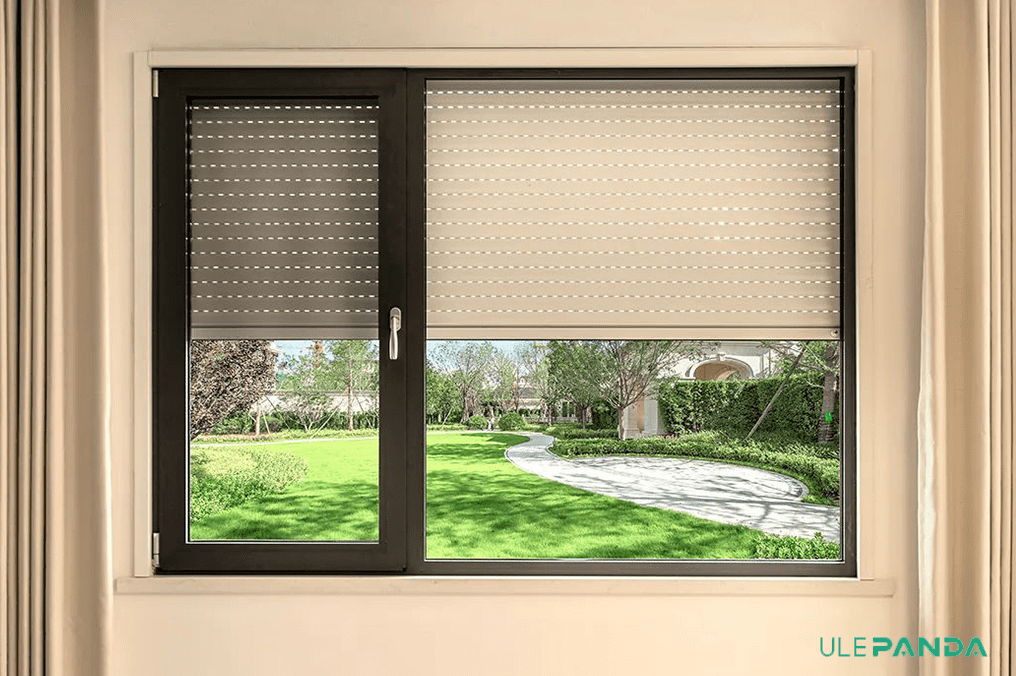
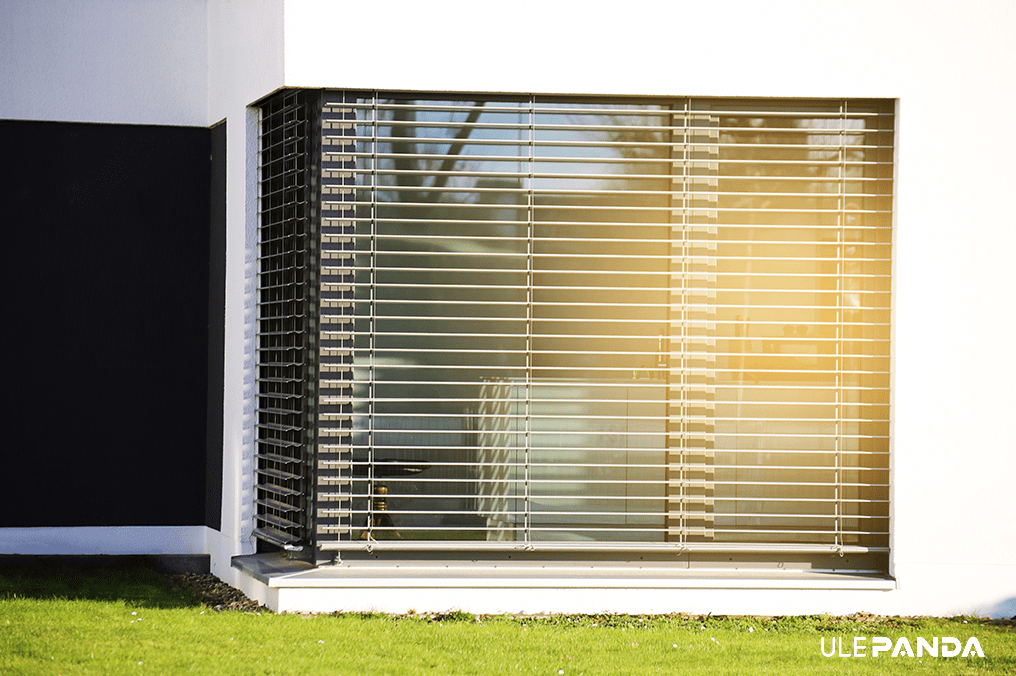
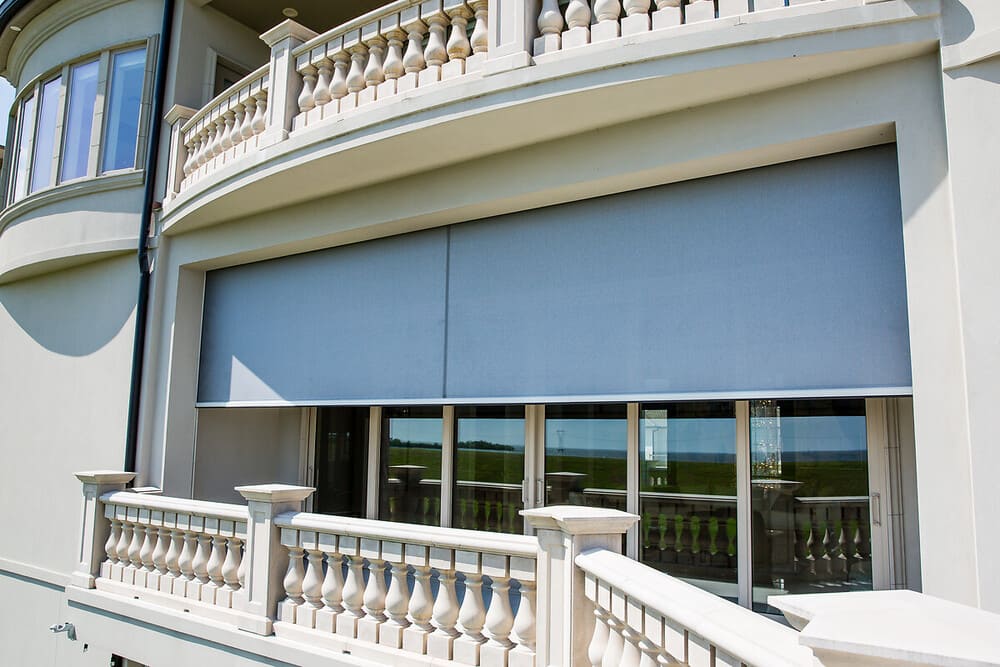

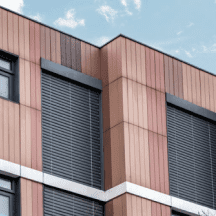
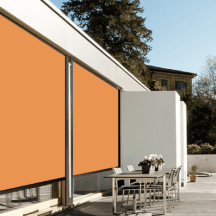
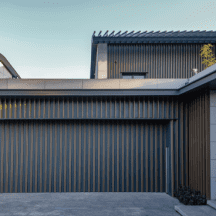


一个回复